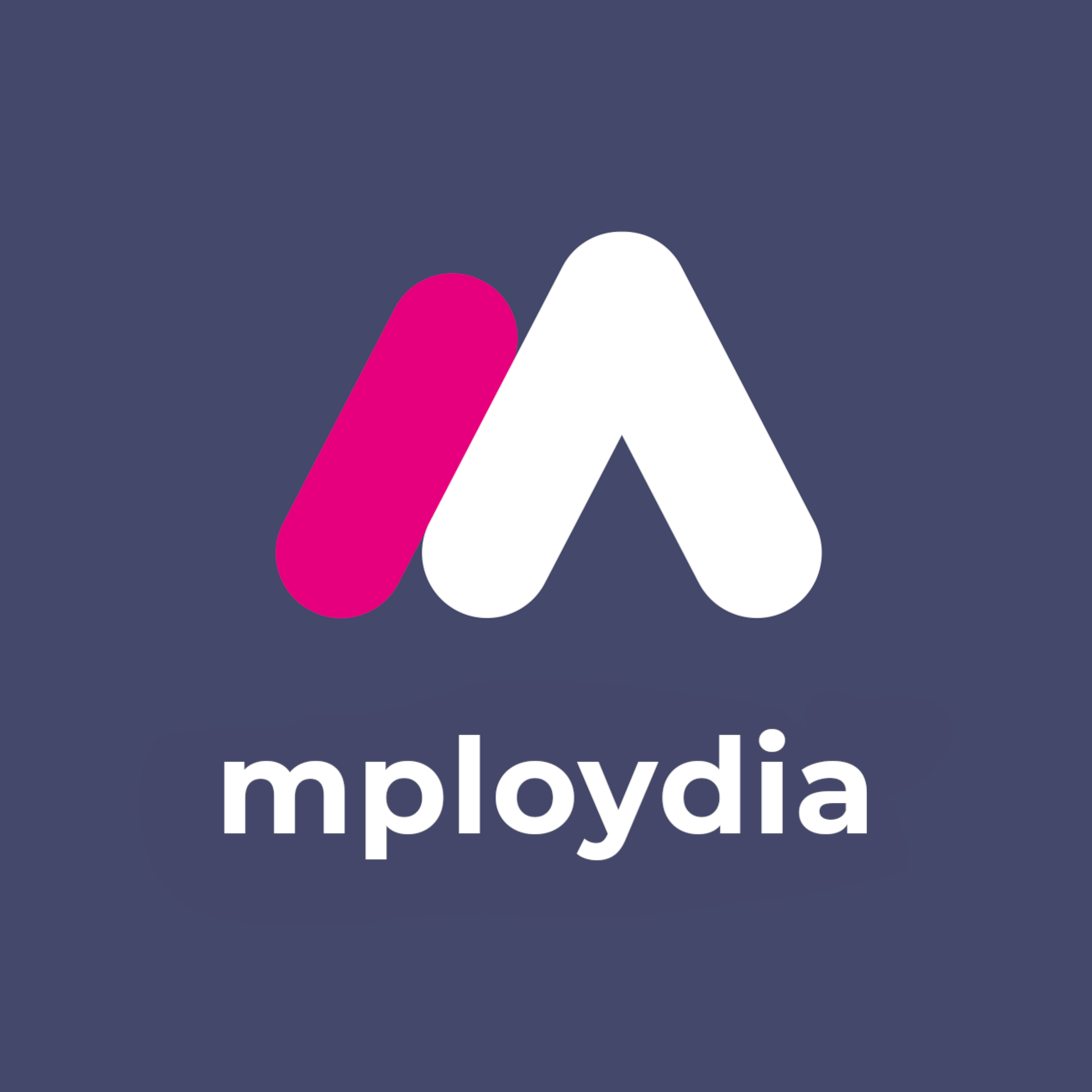
Adopt a Hiring Manager First Mindset to Get Hired Faster
If you want faster job offers, think like a hiring manager
If you want faster job offers, stop thinking like a candidate and start thinking like a hiring manager. Their job is to reduce risk and find someone who can deliver measurable outcomes, quickly. Your job is to prove you are that person. This article is a tactical playbook for adopting a hiring manager first mindset. You will learn how to translate job descriptions into decision criteria, shape your CV around business impact, answer interview questions like a problem-solver and remove the usual red flags that stall early-career candidates. Expect no fluff. Expect steps you can apply today. Meaningful work changes lives. You get there faster when you understand how hiring decisions are made. Let’s get to work.
What Hiring Managers Actually Optimise For
Hiring managers are not optimising for the most charming or the most qualified on paper. They are optimising for the lowest-risk choice who can create value soonest. In practice, that means:
- Clear business impact: Evidence you can solve their specific problems.
- Time to productivity: How quickly you can be effective with realistic ramp-up.
- Proof over claims: Concrete outputs, metrics and references.
- Team and culture fit: Working style, communication habits and reliability.
- Stakeholder confidence: Will others trust you with their customers, data or projects.
- Risk mitigation: No surprises on attitude, attendance, ethics or quality.
- Budget alignment: Value that matches the salary band.
- Availability and logistics: Notice period, right to work, flexibility and location.
If you cannot show these in your materials and conversations, you rely on luck. Switch to a hiring manager first approach and make these signals impossible to miss.
Build Four Hiring-Manager-First Assets
You need four core assets that align with how hiring managers decide.
Value Proposition Statement (VPS)
Your VPS is a crisp one-sentence promise tied to outcomes.
Formula: I help [employer type] achieve [business result] by [your skill or method], proven by [specific evidence].
Example: I help B2B teams convert more pipeline by running structured outreach and tightening follow-up, proven by a 22 percent increase in qualified bookings across two projects.
Place this at the top of your CV, LinkedIn and cover letter.
Problem–Solution Narrative
Hiring managers want evidence that you understand their world. Use a 3-part narrative:
- The problem: State the business pain in their language.
- Your method: The steps you take to solve it.
- The proof: Quantified outcomes that matter to them.
Example: You sell customer support roles. Problem: High ticket backlog. Method: Reprioritise queues, create macros, log recurring issues, turn top 5 into knowledge base entries. Proof: Reduced first response time by 38 percent in 6 weeks during a placement.
Proof Pack
Build a small set of artefacts that prove you can deliver. Include:
- Work samples: Reports, portfolios, code, designs, presentations or case notes.
- Before–after metrics: Screenshots or data summaries.
- References and testimonials: Quote two sentences that validate reliability.
- Mini case studies: 5–7 sentences each using Situation, Task, Actions, Results, Evidence.
If you lack professional experience, create credible projects: analyse a real company’s process, build a template, or run a small outreach experiment. Label as a self-initiated project, explain methods and show results.
30-60-90 Day Plan
Hiring managers want to know how you will ramp up. Draft a concise plan.
- 0–30 days: Learn systems, meet stakeholders, map process, document constraints.
- 31–60 days: Deliver quick wins, fix one recurring issue, standardise one process.
- 61–90 days: Own a small scope end-to-end, propose a measurable improvement.
Keep it to one page. Use it in interviews and attach to follow-ups.
Translate the Job Description into Decision Criteria
Most candidates read job descriptions for keywords. Hiring managers write them to describe a business need. Turn the advert into a decision map.
Steps
- Extract the business objective: Identify the top three outcomes implied. Examples: reduce churn, improve response time, increase qualified leads.
- Separate must-haves vs nice-to-haves: Underline non-negotiables like tools, certifications, hours or language.
- Rank by impact: Score each requirement on impact to the business on a scale of 1–5. Focus your evidence on the top-ranked items.
- Build a criteria grid: Create a 2-column list: Hiring criterion vs Your evidence. Include a metric where possible.
- Identify risk gaps: Mark anything you cannot prove yet. Plan how to neutralise it with learning steps, a quick project, or a clear explanation.
- Convert to materials:
- CV: Mirror the top criteria in your top third and bullet points.
- Cover letter: Open by naming the business objective, not yourself.
- Interview: Lead answers with a result that matches their top criterion.
Craft a Hiring-Manager-First CV
Your CV must help a busy manager answer three questions in 10 seconds: Can this person do the job. How soon will they add value. What is the risk.
Structure
- Top third: VPS, 3–5 impact bullets, key tools.
- Experience: Outcome-first bullet points with proof.
- Projects: Real or self-initiated with metrics.
- Skills: Tools and techniques tied to outcomes, not a laundry list.
- Evidence block: One small section with a quantified highlight and a link to your proof pack.
Bullet formula
Context + Action + Outcome + Evidence
Example: Customer support associate, internship
- Context: Ticket backlog at 420 with 3.5-day first response time.
- Action: Reprioritised queues, set macro replies, drafted top 10 knowledge base articles.
- Outcome: 38 percent faster first response, backlog reduced to 160 in 6 weeks.
- Evidence: Supervisor testimonial and metrics screenshot.
Use strong verbs: reduced, increased, built, automated, consolidated, accelerated, resolved.
Keep claims modest and verifiable.
Tailor each CV to the criteria grid you built earlier.
Keep formatting clean, ATS-friendly and human-readable:
- Use a single column.
- Standard section headings.
- No images or text boxes.
- Consistent dates and locations.
- File name: Firstname-Lastname-Role-Keyword.pdf
Write a Hiring-Manager-First Cover Letter
Most cover letters repeat the CV. Do the opposite. Write a reverse brief: explain their need, your plan and your proof. 150–200 words.
Template
Subject: [Role] – fast path to [business outcome]
Dear [Name],
You’re hiring to [state the core objective], while controlling [key constraint such as cost or quality]. I’ve delivered similar results by [2–3 steps you use], which led to [quantified outcome]. In the first 90 days I would [one or two quick wins], while ramping up on [specific tools or process]. Proof: [one link or short bullet with metric]. My CV maps to your top criteria: [criterion A → brief evidence, criterion B → brief evidence]. If useful, I can share a one-page 30-60-90 plan. Shall we schedule 20 minutes to discuss your priorities.
Regards,
[Name] [Contact]
This is how you show you understand their problem and you have a credible plan.
Interview Like a Problem-Solver, Not a Passenger
Hiring managers test decision-making and delivery under pressure. Anchor everything to outcomes. Use STAR-B: Situation, Task, Action, Result, Business impact. Collapse fluff. 60–90 second answers.
Example structure
- Situation: Short, one sentence.
- Task: What success looked like.
- Action: 2–3 decisive moves you made.
- Result: Include a number.
- Business impact: Why it mattered to revenue, cost, risk, quality or speed.
Pre-handle risk: If you lack direct experience, say what you would do and reference a related proof.
Example: I haven’t used Salesforce extensively yet. I completed the Trailhead Admin basics, then built a simple pipeline report and automation in a sandbox. I can replicate that workflow and learn your instance in week one.
Ask better questions
Stop asking about culture in the abstract. Ask impact questions:
- What is the single most important outcome for this role in the first 90 days.
- Where do early-career hires usually get stuck here.
- Which stakeholders will I serve daily and what do they care about.
- What has already been tried and what failed. Why.
- What would make you say this hire was a great decision in six months.
The questions you ask signal how you will work.
Build a Proof-First Portfolio
You can show evidence without years of experience. Build a lightweight portfolio that proves capability. Include 3–6 items that match your target role.
Examples
- Customer service: Ticket triage playbook, macro library, before–after response metrics.
- Sales development: 10-account research pack, outreach scripts, booking conversions from a mock sprint.
- Marketing: 3 content pieces with analytics, SEO snapshot, a campaign calendar.
- Operations: Process map, SOP doc, cycle time reduction analysis.
- Data: Cleaned dataset, notebook with analysis, dashboard screenshot and insights summary.
- Product or UX: User journey map, wireframes, usability notes, prioritisation rationale.
Tips
- Redact sensitive data.
- Label context clearly as self-initiated if not client work.
- Show method and learning, not just the result.
- Add a short reflection: what you would improve next time.
Link the portfolio in your CV and cover letter. Mention one item in every interview answer where relevant.
Neutralise Common Risk Flags
Hiring managers reject early-career candidates for predictable reasons. Fix them directly.
- No experience: Build two high-quality self-initiated projects that mirror job tasks. Secure one credible reference from a supervisor, lecturer or volunteer lead.
- Gaps: Explain in one sentence, then show learning or output produced in the period.
- Short stints: State why each ended, then show what you shipped.
- No UK experience: Translate previous work to UK standards. Show familiarity with UK workplace norms and right-to-work details upfront.
- Vague impact: Replace duties with metrics. If no metric, create a proxy such as cycle time, error rates, throughput or satisfaction.
- Poor references: Choose references who can verify reliability and delivery. Ask them for a two-line outcome statement.
- Weak communication: Practise concise writing and speaking. Record and review answers. Aim for 60–90 seconds per example.
- Lack of commercial awareness: Create a one-page brief about the target company’s customers, competitors and value chain.
Use Follow-Ups That Advance the Decision
Hiring managers are busy. Follow up to help them decide, not to nag. Send within 24 hours.
Email template
Subject: Thank you – [Role] – next steps on [business outcome]
Hello [Name],
Thank you for today. From our conversation, it’s clear the priorities are [A], [B] and [C]. Below is how I would create value quickly:
- Week 1–2: [Quick win tied to their metric].
- Week 3–4: [Second quick win or process fix].
- By day 60: [Owned scope with measurable result].
Supporting evidence: [link to one proof item]. If helpful, I can complete a small task or share a short plan. I’m available [availability]. Does [time window] work for a follow-up.
Regards,
[Name]
This email shows you listened, you understand their decision and you are ready to deliver.
Make Hiring-Manager-First a Daily Habit
Switching mindset is not a one-off exercise. Turn it into a system.
- Weekly scoreboard: Track applications, responses, interviews and offers. Note the hypothesis that drove each application and whether it worked.
- Criteria maps: For each job, build a decision criteria grid in 15 minutes. Save them. Patterns will emerge.
- Value story library: Maintain 8–12 short STAR-B stories. Update with new evidence.
- Proof cadence: Ship one new artefact every week. Keep improving quality.
- Interview rehearsal: 3 sessions per week. Record, review, refine.
- Feedback loops: Ask interviewers for one improvement area after rejections. Fix it.
- Conversion focus: Optimise the bottleneck. If you get no interviews, fix CV and criteria mapping. If you stall at interviews, fix answers and proof.
- Time-to-value focus: Always be ready with your 30-60-90. Treat it as your operating system for a new role.
Examples That Show the Mindset in Action
Example 1: Graduate operations coordinator
Before: CV listed duties such as data entry and meeting notes. After: Translated tasks into outcomes, added a self-initiated process map and a 30-60-90 plan.
- Result: 3 interview invites in two weeks. Hiring manager feedback: Clear plan, quick wins identified, low oversight required.
Example 2: Entry-level SDR
Before: Generic cover letter and no metrics. After: Built a 10-account research pack, created outreach scripts, ran a small prospecting sprint with a mentor and shared booking results.
- Result: Offer at a mid-sized SaaS firm. Hiring manager feedback: Already doing the job.
Example 3: Customer support trainee
Before: No experience, long gap. After: Volunteered 4 weeks at a local charity’s helpline, documented macros, published a mini knowledge base and showed first-response improvements over two weeks.
- Result: Shortlist at two employers. Hiring manager feedback: Strong learning curve and proof of discipline.
How to Diagnose and Fix Your Messaging in One Hour
Apply this one-hour reset if your applications get ignored.
- 10 minutes: Pick one target role and one company.
- 10 minutes: Build the decision criteria grid.
- 10 minutes: Write or refine your VPS.
- 15 minutes: Rewrite the top third of your CV to mirror the top criteria, with one proof link.
- 10 minutes: Draft a 150-word reverse-brief cover letter.
- 5 minutes: Prepare two STAR-B answers mapped to their top outcomes. Send. Measure response within 5 working days. Iterate.
What This Mindset Is Not
- It is not manipulative. It is respectful alignment with business needs.
- It is not arrogant. It is confident, evidence-based communication.
- It is not only for experienced candidates. It is essential for first-time job seekers because proof beats pedigree.
Final Word: Become the Low-Risk Path to Real Impact
Hiring managers hire to fix problems, not to grant favours. When you present yourself as the lowest-risk path to measurable impact, you win interviews and offers faster. Adopt the hiring manager first mindset. Map their needs, show your proof, and make it easy to say yes. Meaningful work thrives on execution. Go and demonstrate yours today.
Next Steps
Want to learn more? Check out these articles:
Graduate credibility signals UK: fast ways to prove you fit
Job Search Sprints: Build Momentum and Get Hired Faster Now
Map Your CV to the Job Spec: A Tactical Step-by-Step Guide
Check out our Advanced Employability Course for all the help you need to get your dream job, fast.


